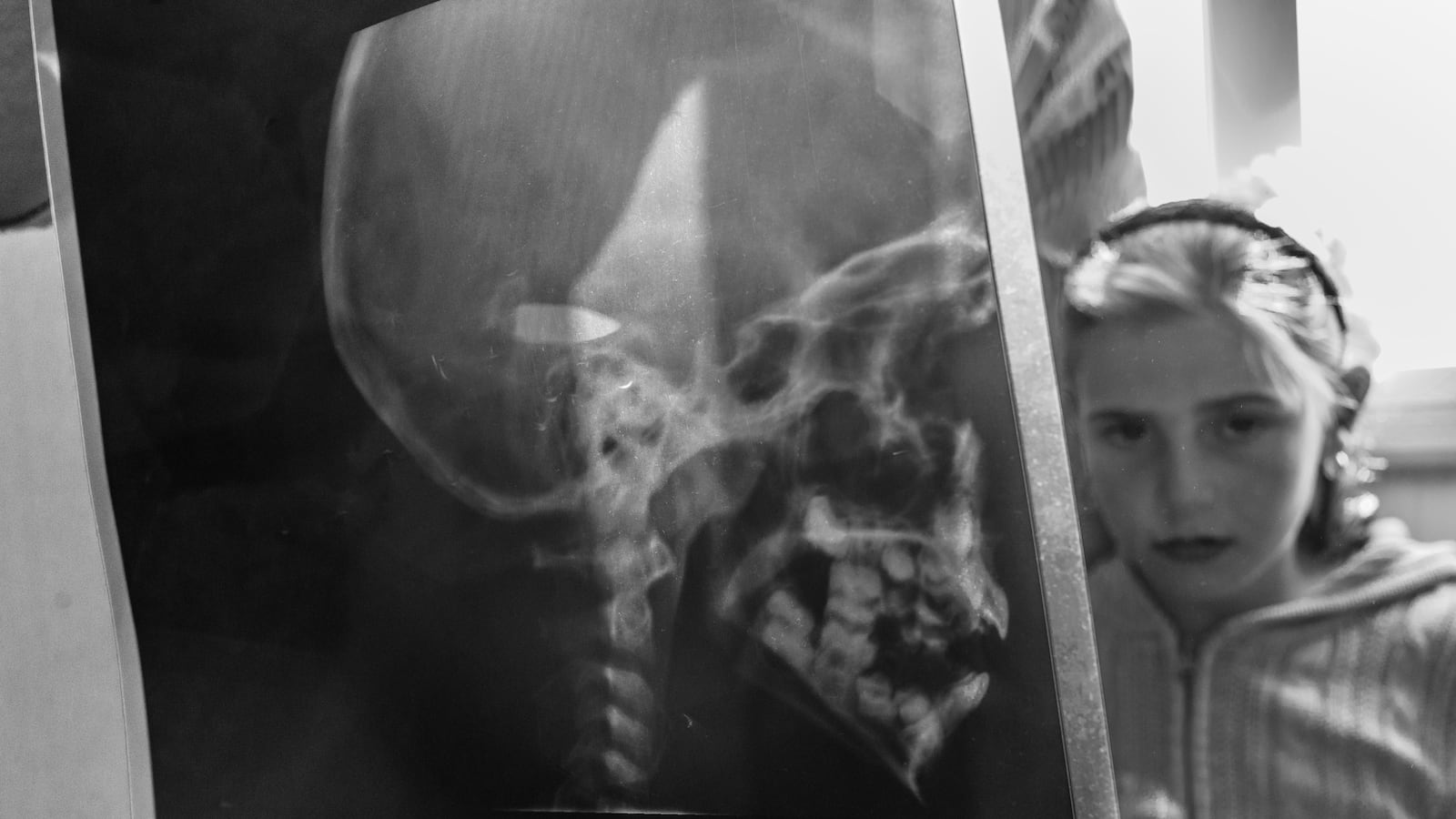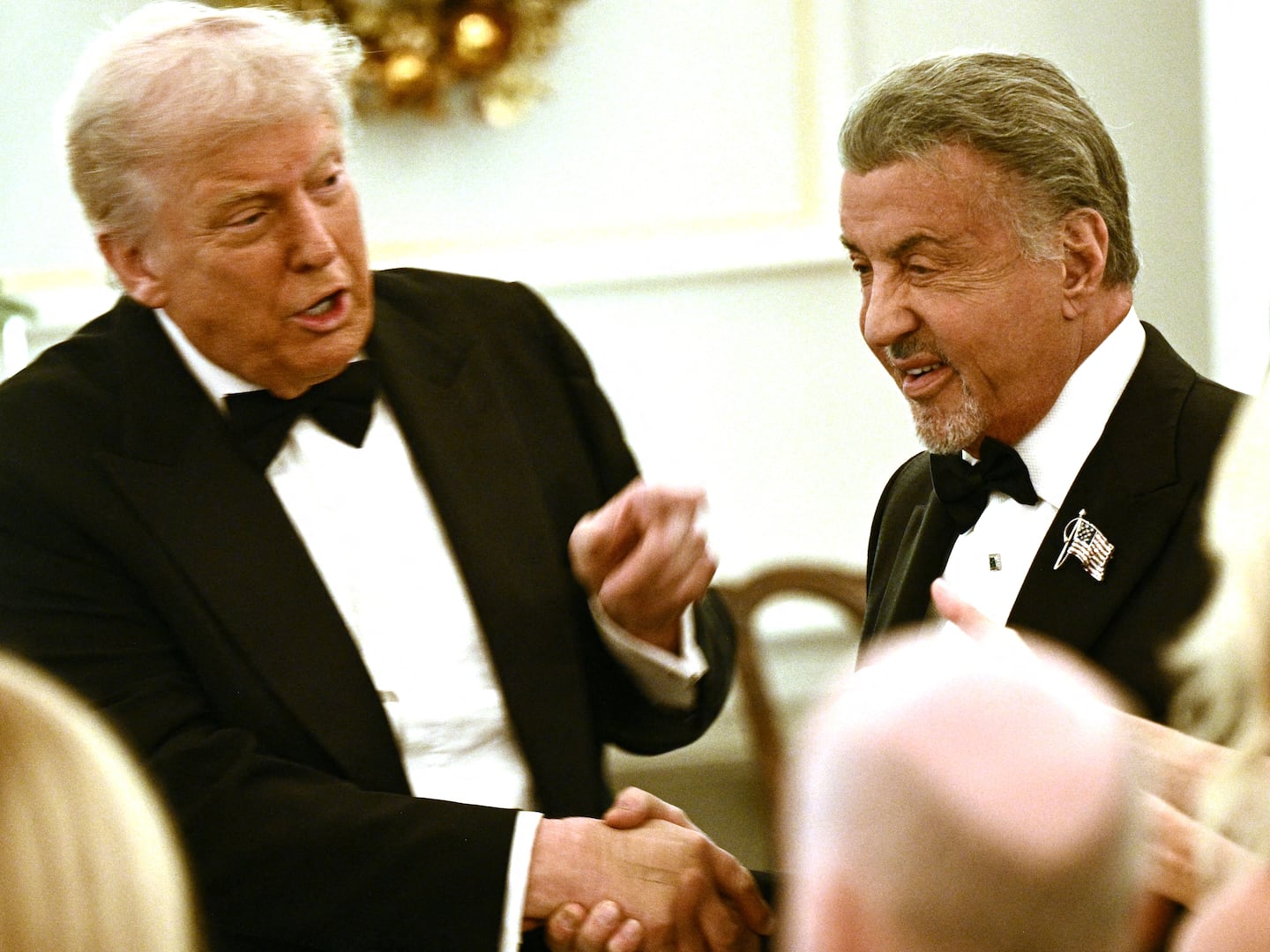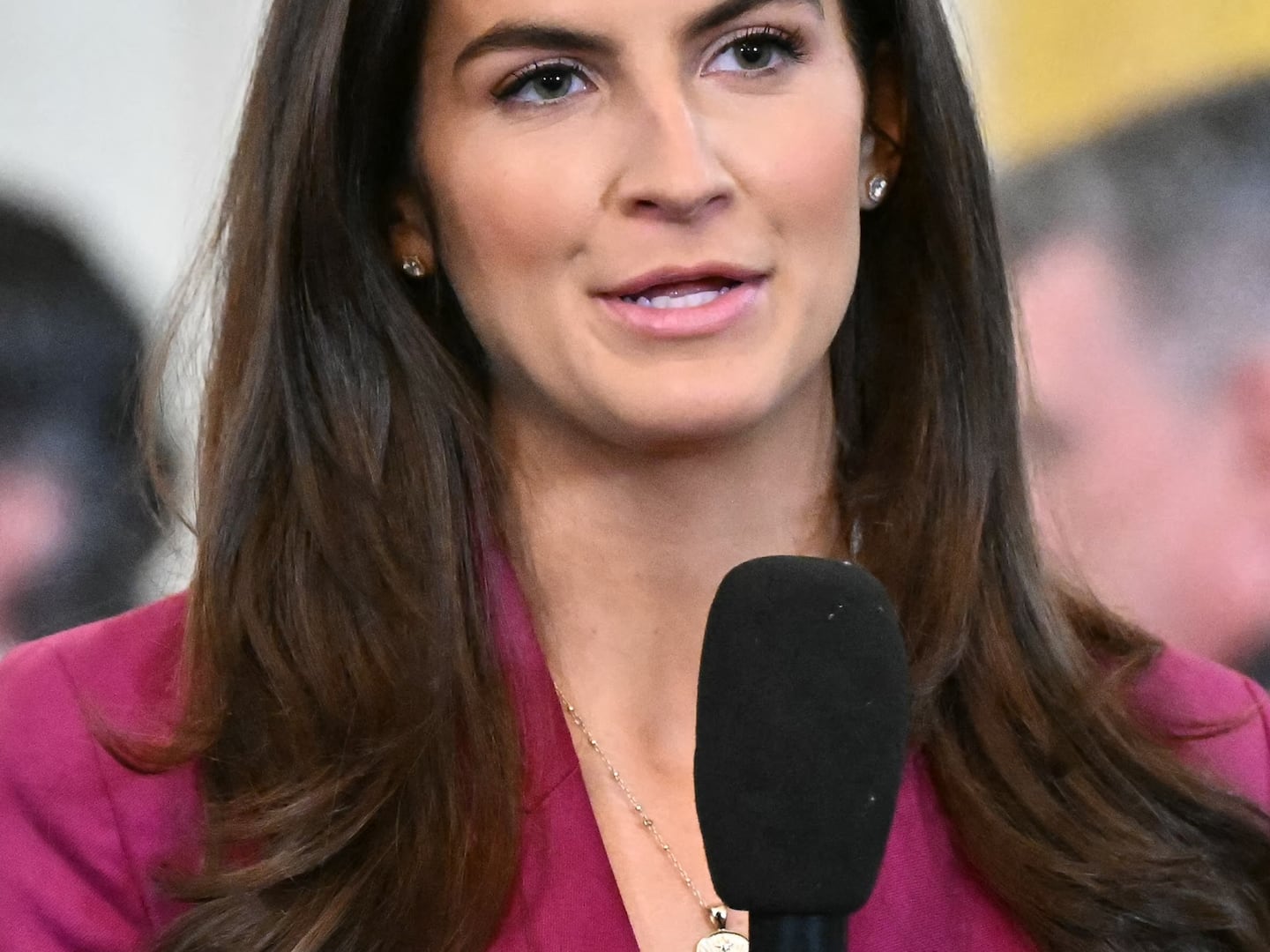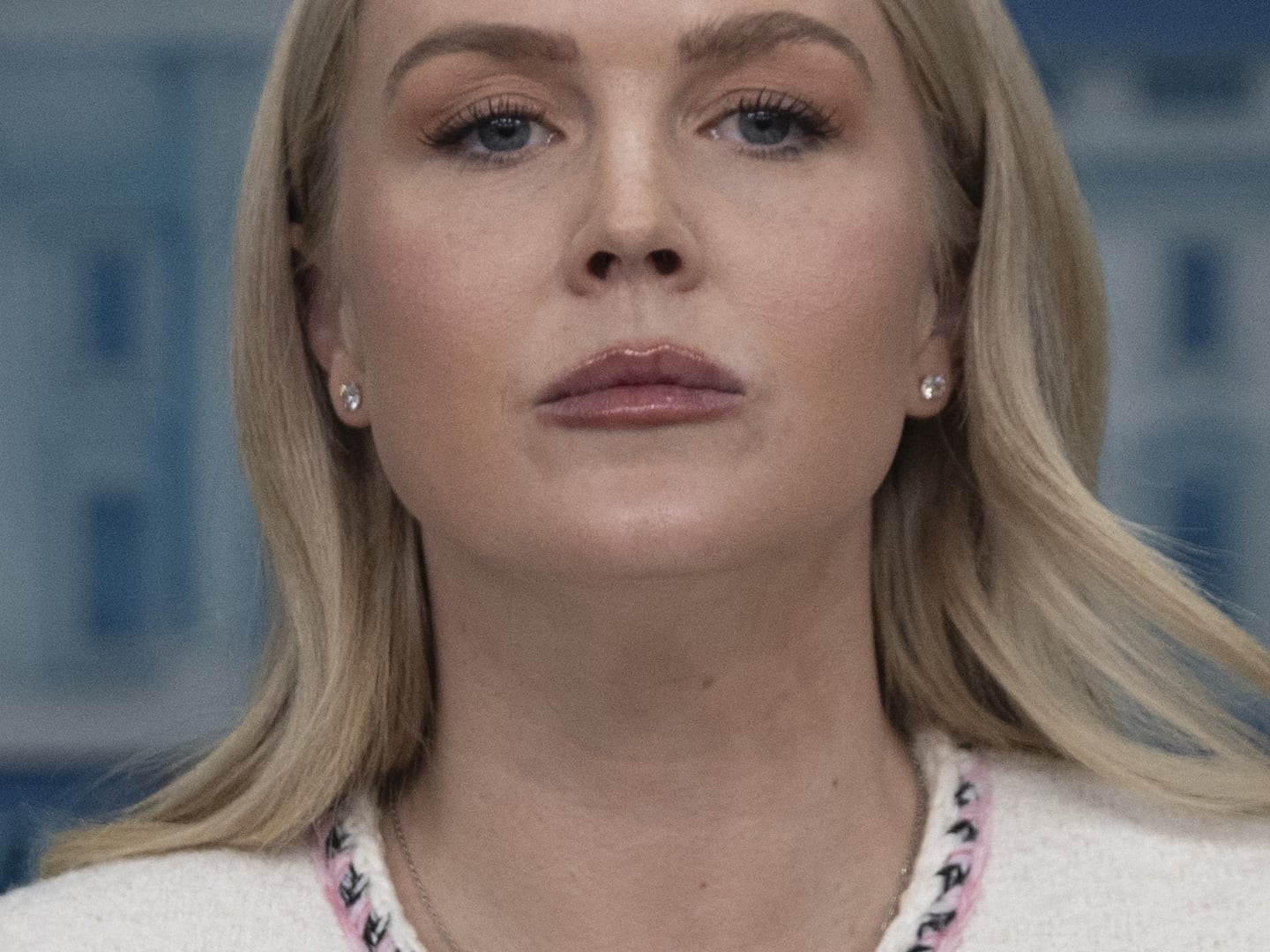Two and a half years ago, on a spring afternoon in the Syrian town of Jasim, an eight-year-old girl named Soundos was shot in the head while sitting on her veranda. The bullet pierced her cranium, ricocheted off the back of her skull and lodged itself in the right temporal lobe, millimeters away from the cerebral cortex.

Soundos now lives in Jordan’s sprawling Za’atri camp with a bullet lodged deep in her brain. Nobody knows if she was hit by a sniper or by random gunfire, but her family and other residents of Jasim regard her survival as both miraculous and symbolic of their own.
The heat of the projectile cauterized the wound such that when Soundos fell first into an epileptic fit and then into a stiffened state of paralysis, her father saw only two drops of blood on her forehead. In the moments after she fell to the floor, 35-year-old Fatmeh thought that his little girl suffered an allergic reaction to the sting of an insect—a bee or a spider. He took Soundos into his arms and ran into the street banging on locked doors and shuttered windows for help that was not forthcoming. Finally, he commandeered a car, jumped in and drove his daughter to the local hospital.
The doctors discovered the entry wound into the frontal lobe with a diameter about equal to that of a cigarette. According to the girl’s father, they gave Soundos antibiotics, warned him to say nothing of what happened and sent them to a hospital in Damascus where the same process repeated itself.
The shooting took place on May 16, 2011 at 5 pm, about two months after Bashar Al Assad began to crack down on protests. As if being shot in the head was not enough, Soundos was wounded again five months later after a rocket landed in the house next door. Wooden fragments from trees destroyed in the blast slammed into her left leg, breaking the bone in two near the hip. She was ultimately treated at the local hospital with makeshift screws and wires that left her in constant pain.
Now the five-member family lives in a 2.8-by-4.8-meter trailer on the edge of Jordan’s sprawling Za’atri camp. Amidst the insanity that is Syria, its horrific tales of death by virtually every means, Soundos has managed to work towards something that, given the liminal nature of refugee existence, could vaguely be described as normal. She walks with a noticeable limp but often prefers to run. She dances with her sister and two brothers in the family trailer. She plays hide-and-seek with neighbors and doodles during her English lessons at the local school. She complains when her mother brushes her hair. She doesn’t suffer seizures from the injury, though she takes anti-epileptic medicine provided at Jordan’s Red Crescent Hospital, twice each day.
There are roughly 100,000 refugees now living in Jordan’s sprawling Za’atri camp. Of those there are perhaps 50,000 children—roughly 25,000 are school age; the rest are younger. Over the past year, more than 1,000 children have been treated for war-related injuries including falling debris, gunshot wounds and shrapnel for mortar fire. This figure exceeds the number of adults who have been treated for the same injuries over the same period.
Uncertainty abounds in the sprawling desert. It has its own geography. People ask questions: Where is my family? Will I return home? Where will we find work? What will happen to the people we left behind? Insecurity, hesitation and no small amount of pain persist in the shadows of war. They also live inside the little girl.
For two years after the shooting, Soundos would fall into a stiffened state of weeping fear each time she heard the noise of a plane overhead, the sound of breaking glass or any falling object. Soundos’ mother, Marvet Harron, soothes her daughter’s pain by reading the Qur’an, feeding her sheep’s milk and dates and putting a soft hand on her forehead. The family fled to Jordan in June of this year, but Soundos still longs to play with a doll that was left behind. “Do you think my dolly got a bullet like me?” says the girl. “Do you think that she died with our house?”
For the 3,000 or so Za’atri residents from Jasim, Soundos’ survival is an inspiration.
During the day, the men and women from Jasim come together and the discussion is always of the past. Some 71 civilians in Jasim were killed over the past 13 months of shootings, shelling and bombings. The town shrank with the front lines. People from the southern end of the village moved north. As the violence intensified they moved to neighboring villages before crossing into Jordan. Snipers had infested the village weeks earlier. When the people didn’t come out of their homes, they killed the neighborhood sheep, goats and cats. Afterwards loudspeakers rang out that it was now safe to leave their homes. Within days, Soundos was shot.
That Soundos survived, and with a bullet in her head, seems to many an act of God, and an admonition. If a 10-year-old can endure such an injury, then a community can find a way through the uncertain landscape across a border. Living together in cramped tents and in aluminum caravans, the experience of pain and its aftermath is something neither singular nor separated from a larger narrative of suffering that is shared over coffee and evening meals.
During those talks, Soundo’s mother’s mind wanders. Sometimes she feels utterly deracinated. She remembers the house where she lived with her family and the garden where they grew tomatoes, lemons and olives. Sometimes she wishes she could become a bird and fly across the border, across the deadly roads, to home. “Then suddenly I remember the bombing, the shelling, the war, the people killing kids, killing women with knives,” she says. “And then I imagine these things and I am back to reality. I know it is better to stay here. I want to stay here and keep my children safe.”






